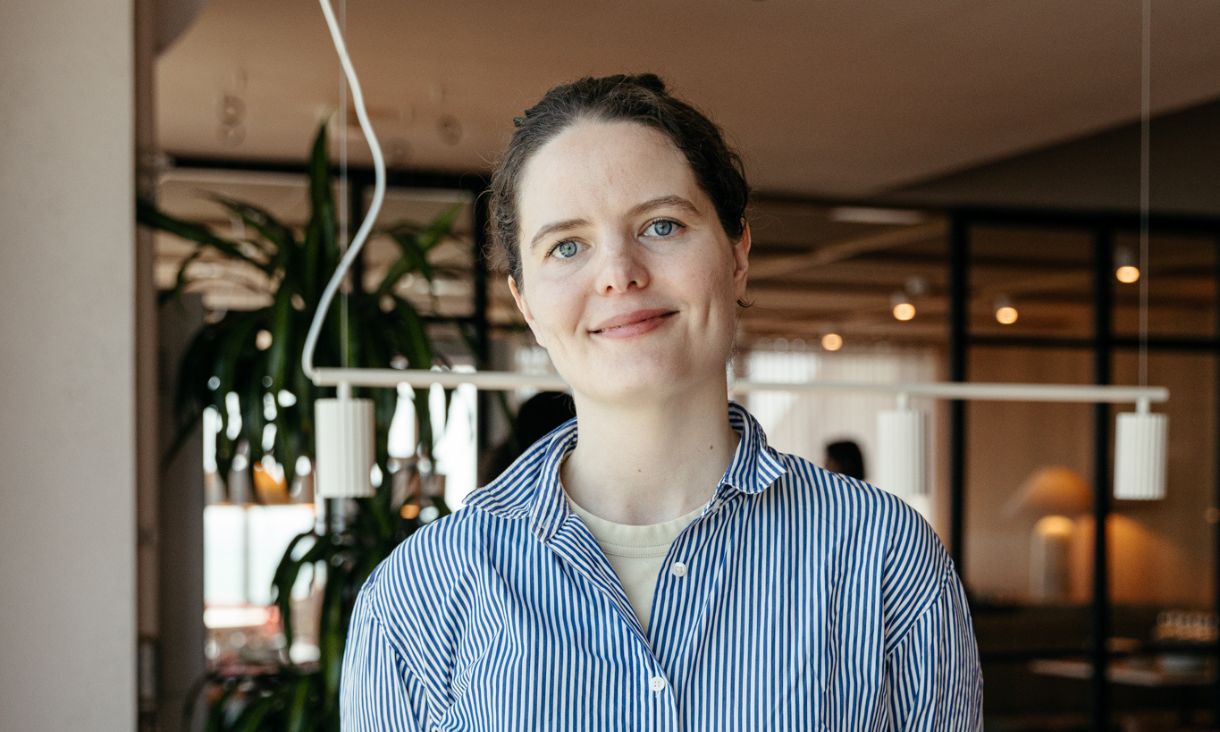Meet Kate Riggs – Nominated by the Croydon Council

Croydon is one of London’s largest and youngest boroughs. The area can be considered a microcosm of the broader characteristics of London, with its blend of urban density and green belt spaces.
– Kate Riggs
Melbourne to London
Kate Riggs, an RMIT alumna with a background in architecture, has dedicated the past five years to enhancing the urban environment of the London Borough of Croydon.
After completing her Bachelors and Masters in Architecture at RMIT in Melbourne, Kate decided not to go into traditional architectural practice, instead ending up working in the public sector.
She currently works in the borough’s Placemaking Team, a multidisciplinary team of architects, urban designers and landscape architects working on everything from strategic policy and master plans through to detailed design and delivery of public projects.
Public engagement to tackle challenges
Croydon is one of London’s largest and youngest boroughs. The area can be considered a microcosm of the broader characteristics of London, with its blend of urban density and green belt spaces.
Historically, Croydon developed around a key rail transport hub dating back to the Victorian era, making it an interesting locale with a mix of architectural styles. The borough’s post-war buildings and medieval structures coexist side by side, creating an urban landscape often used in films and TV shows for the ability to recreate a wide variety of eras and locations.
The challenges Croydon faces, such as climate change, sustainability and housing affordability, are common to many urban areas.
Kate recognises the importance of public engagement in addressing these issues, particularly in town centre regeneration and the future of the high street. Croydon’s diverse architecture and contrasting environments – from the dense town centre with its high-rise buildings to the lush green suburbs – provide a unique case study in urban development.
Career growth
Expressing her optimism about being selected as part of the first cohort of EIT Urban Mobility Emerging Leaders, Kate looks forward to learning from her European counterparts and hopes to develop new communication techniques and collaboration tools to help foster relationships and work effectively with all types of stakeholders.
“In terms of personal growth, I think the leadership program is an opportunity to recontextualise the work I do within the European context, and it’s a time to reflect on the type of work I do and how I want to evolve my career further," she said.
Learning from each other
As for Croydon’s approach to urban mobility, Kate points to a successful master plan the borough delivered some years ago.
The layout prioritises the pedestrian experience by delivering the public realm – such as pathways, trees and open spaces – well before the surrounding developments were built. This ‘landscape first’ approach has proven highly effective and stands as an example other city councils can follow.
As Croydon continues to evolve and grow at a rapid pace, Kate hopes she can learn from other cities to help create a more connected and sustainable urban environment in spite of the common challenges it faces.
"I think urban mobility is still a work in progress with everyone is learning from each other all the time. There are very few councils or cities doing it to such a high standard that you would look to them as an example for everything related to urban mobility. We can all learn from each other and that’s really the potential benefit of this kind of program.”

EIT Urban Mobility Emerging Leaders
Launched in 2024, the EIT Urban Mobility Emerging Leaders program is transforming the leadership landscape. Submit an Expression of Interest for your organisation to join EIT Urban Mobility Emerging Leaders 2024. For any queries, please get in touch emerging.leaders@rmit.edu.au.